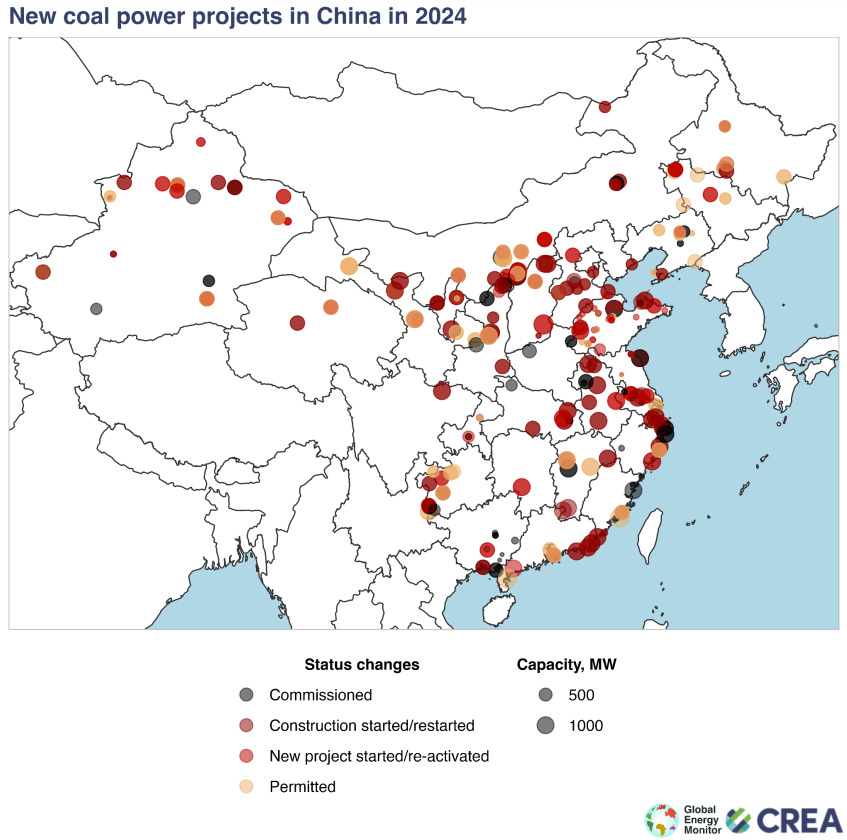The number of Chinese steel exports to Europe, the United States and other regions has gradually decreased, while the growth rate of steel exports to emerging market countries has increased significantly. The “Belt and Road Initiative” has contributed a lot to China’s steel exports. West Asia, Southeast Asia, Central Europe, Central Asia and other regions are areas with relatively good economic development and dense population. The demand for steel products has increased year by year. In 2023, the growth rates of China’s steel exports to these four regions reached 63.10%, 35.22%, 163.22% and 98.52% respectively. In terms of quantity, China exports the largest amount of steel to Southeast Asia, with exports reaching 26.8998 million mt in2023, followed by West Asia, with China exporting 15.8717 million mt of steel in 2023. Southeast Asia and West Asia have a high population density. The total population of Southeast Asia is 670 million. The per capita steel consumption is low, and the potential for steel consumption is huge.
Looking back at the situation of steel exports to European and American countries, the export volume has gradually decreased. In 2023, China’s steel exports to North America were 1.489 million mt, and in the same period in 2022, the export volume was 1.7858 million mt, down 16.62% YoY; The amount of steel exported to the EU was 3.6703 million mt, and the export volume in the same period of 2022 was 3.8868 million mt, a year-on-year decrease of 5.57%; the amount of steel exported from China to Northern Europe was 64,800 mt, and the export volume in the same period of 2022 was 81,900 mt, a year-on-year decrease of 20.99% %, making the already low export volume even worse. This is mainly due to the fact that Europe and the United States are still in the inflation cycle, coupled with the impact of factors such as the rise of trade protectionism.
In 2023, judging from the main directions of China’s steel exports, except for the export volume to Italy and the United States, which decreased by 21.52% and 14.24% year-on-year respectively, the steel export volume to other countries has increased to varying degrees year-on-year. Countries with China’s steel export volume exceeding 4 million mt include South Korea, Vietnam, Philippines, Thailand, and Turkey, which were 8.4028 million mt, 9.2592 million mt, 4.3272 million mt, 4.7436 million mt, and 4.0056 million mt respectively, with year-on-year growth of more than 50% in Vietnam, India, UAE, Brazil and Turkey. It can be seen that China will maintain high volume and high speed of steel exports to Vietnam and Turkey in 2023.
According to SMM shipping data, among the 32 major domestic ports in 2023, a total of 6 will have steel exports accounting for more than 5% of the total exports, namely Tianjin New Port, Luojing Port, Jingtang Port, Lianyungang, Bayuquan and Kaohsiung, Taiwan, China. The proportions reached 25.29%, 15.7%, 10.36%, 7.17%, 7.12% and 5.69% respectively. The total departures from 6 ports accounted for 71.33% of the total.
Looking at the year-on-year growth of the steel departure volume from each port, there are a total of 5 ports with a year-on-year growth rate of more than 49%. Among them, the year-on-year growth rate of Jingtang Port is as high as 133.35%. It is a major port for steel exports in the north. As one of the ports with the most concentrated exports, Jingtang Port’s steel export volume exceeded 10 million mt in 2023. Nanjing Port’s year-on-year growth rate is as high as 427.27% based on a low base in 2022. However, the total steel export volume in 2023 was only 58,000 mt.
From the perspective of supply and demand, SMM expects both supply and demand in the domestic steel industry to increase in 2024. On the supply, crude steel production is expected to increase slightly by 0.68% steadily in 2024; on the demand, crude steel consumption is expected to increase slightly by about 0.74% year-on-year in 2024.
In addition, SMM predicts that direct steel exports will decrease by 11.37% year-on-year in 2024, mainly taking into account the following aspects: 1) Trade friction risks. In 2023, 5 countries around the world have launched 6 trade remedy investigations against Chinese steel products. At the end of the year, Mexico also announced the imposition of nearly 80% import tariffs on some steel products from China; 2) Risks of investigation and prosecution of paid exports. As mentioned earlier, the surge in steel exports in 2023 are also contributed by paid exports. Once the country begins to investigate and deal with this part of the export orders, it will lead to decrease in overall steel exports; 3) The impact of increased overseas supply has increased. According to latest top ten crude steel production data from the World Steel Association, in December, except for China and Germany, the crude steel production of other countries had varying degrees of year-on-year growth. Among them, Turkey’s crude steel production increased by 21.2% year-on-year, South Korea’s crude steel production increased by 2.7% year-on-year, and India’s crude steel production increased by 9.5% year-on-year.
Based on the above three considerations, SMM predicts that direct exports of steel in 2024 may decrease by 11.37% year-on-year. However, according to the current SMM steel plant export ranking survey, the planned export volume in January remained high, and some steel plants said that before March the export orders are relatively saturated. Considering that the base number in January-February 2023 is not high, SMM predicts that steel exports in January-February 2024 are still expected to maintain positive growth year-on-year.








